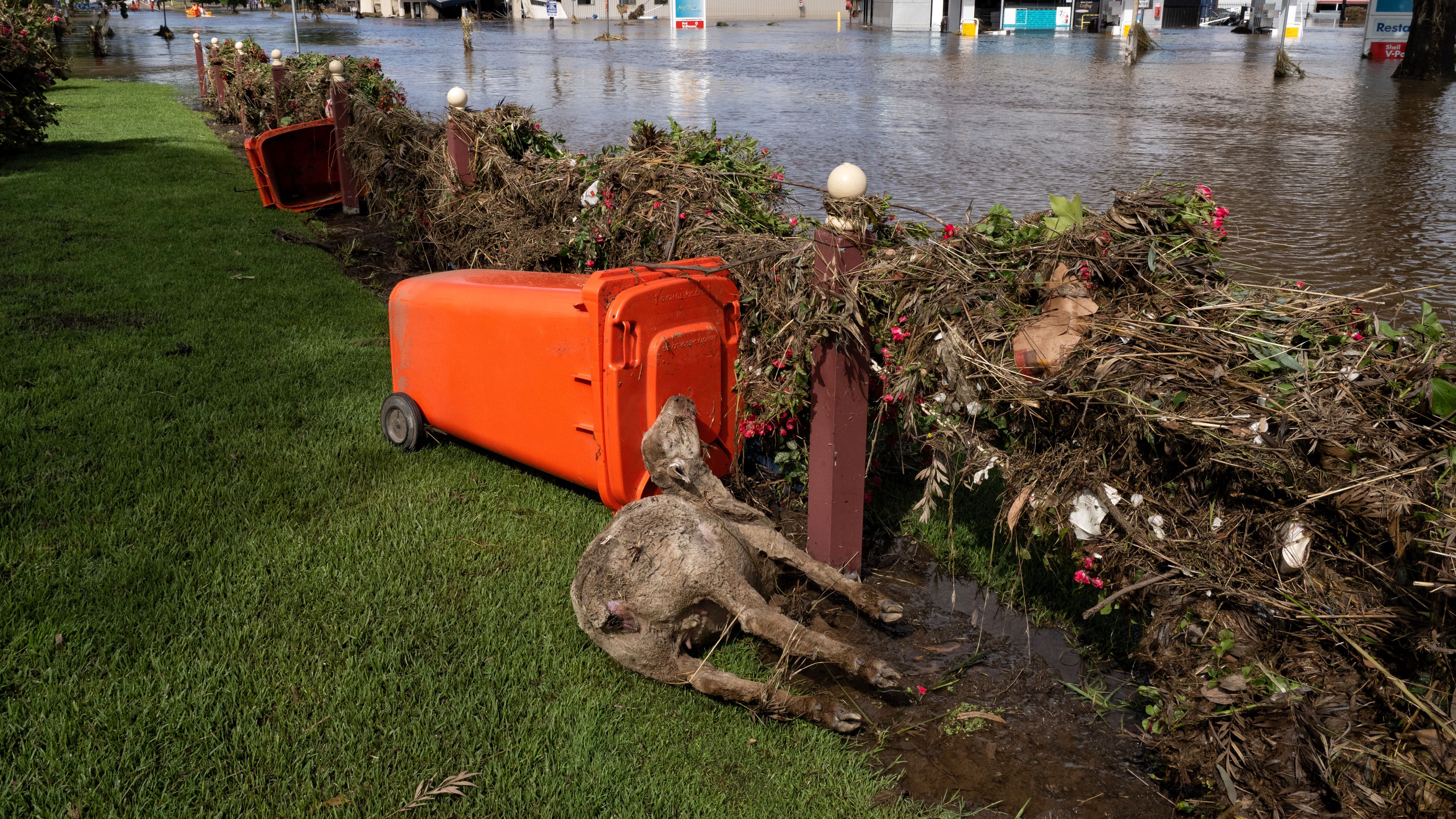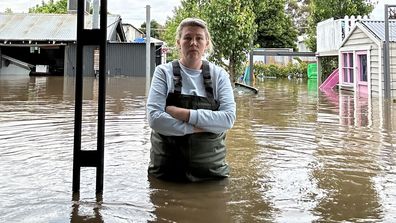This is four decades earlier than previously thought.
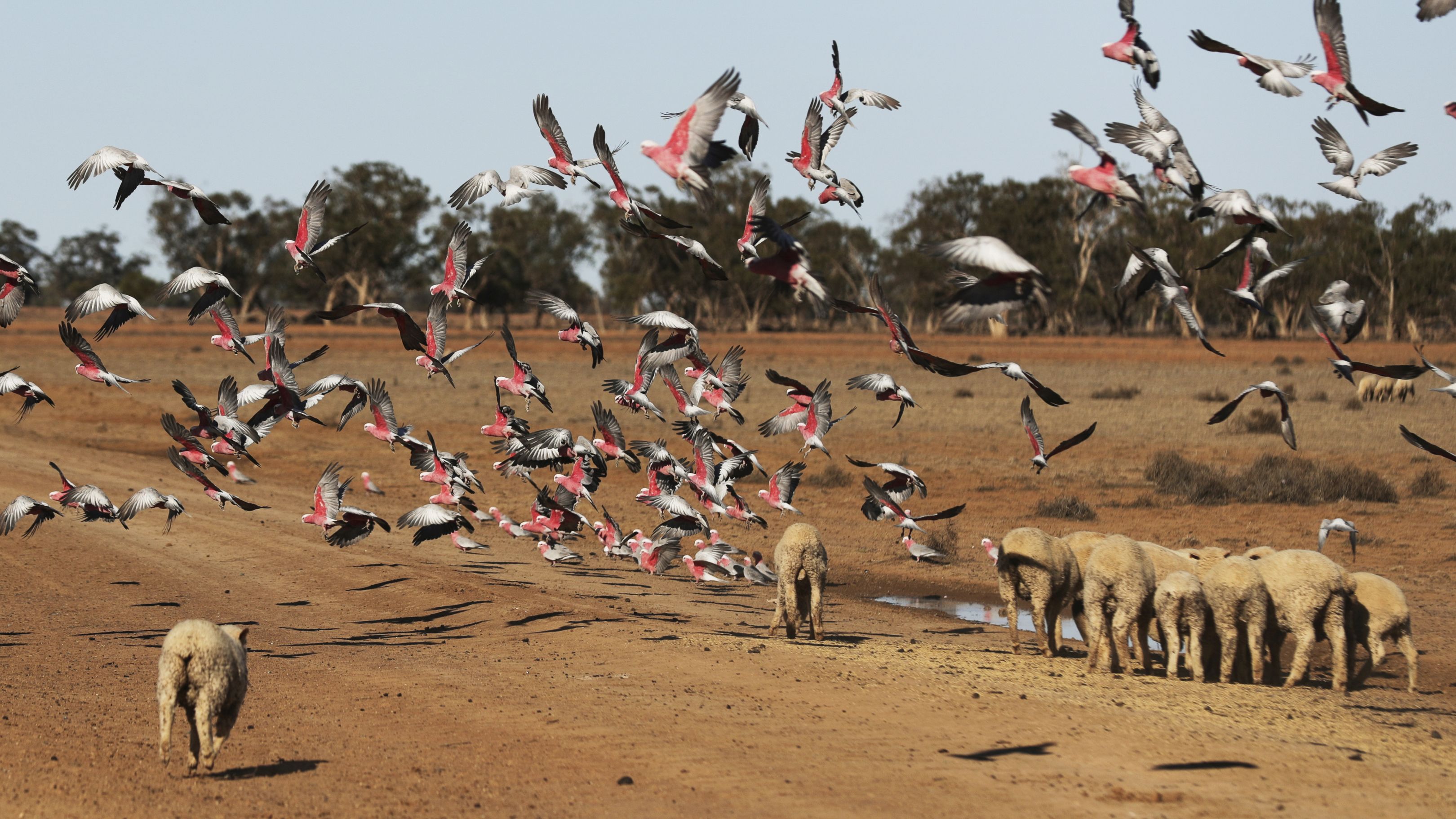
ENSO events include the warm El Nino, which is typified by drought, and cold La Nina events, typified by the prolonged rain seen in Australia in recent years.
Dr Wenju Cai, a climate scientist with the CSIRO, told 9news.com.au Australia would be one of the countries worst affected by changes in either event.
“Australia is one of the most affected countries in the world when it comes to extreme weather,” he said.
“When it rains it will rain a lot harder. It rains cats and dogs.
“In dry conditions, during El Nino … we will enter drought earlier, it will last longer and it will be harder to get out of. It will be more severe.”
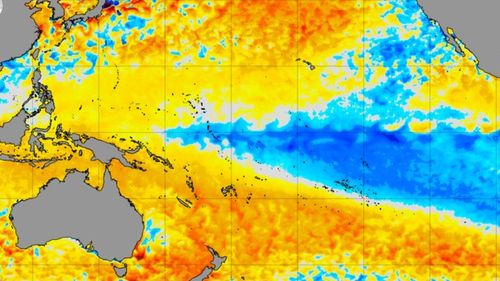
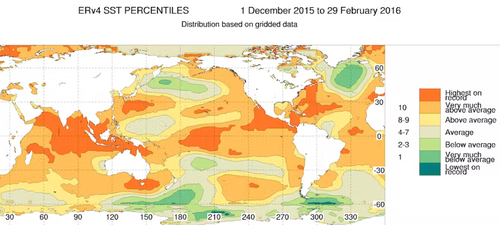
Cai and colleagues poured over 70 years of ENSO dataand used some of the newest climate models to estimate when increased ENSO variability will be detectable in the eastern or central Pacific.
Read Related Also: King and Prince make surprise visit to the queue
“By 2030 we will be able to say that climate change has induced a substantial change to El Nino,” he said, explaining that impacts were currently “masked”.
“We will be able to say clearly climate change has had an impact and that impact is detectable, with climate change making El Nino and La Nina more extreme.
“The most suitable place to find evidence for this is in the oceanic sea surface temperature in the eastern equatorial Pacific.”
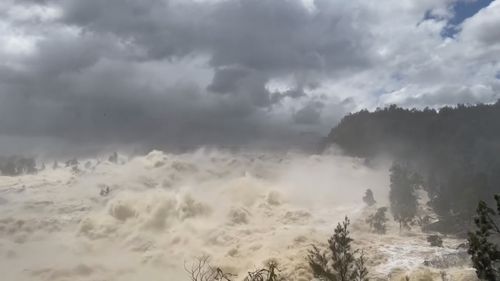
Australia is currently battling its way through its third consecutive La Nina, which has caused record-breaking floods across multiple states.
More than 220 people were rescued from flooding over a period of 24 hours.


